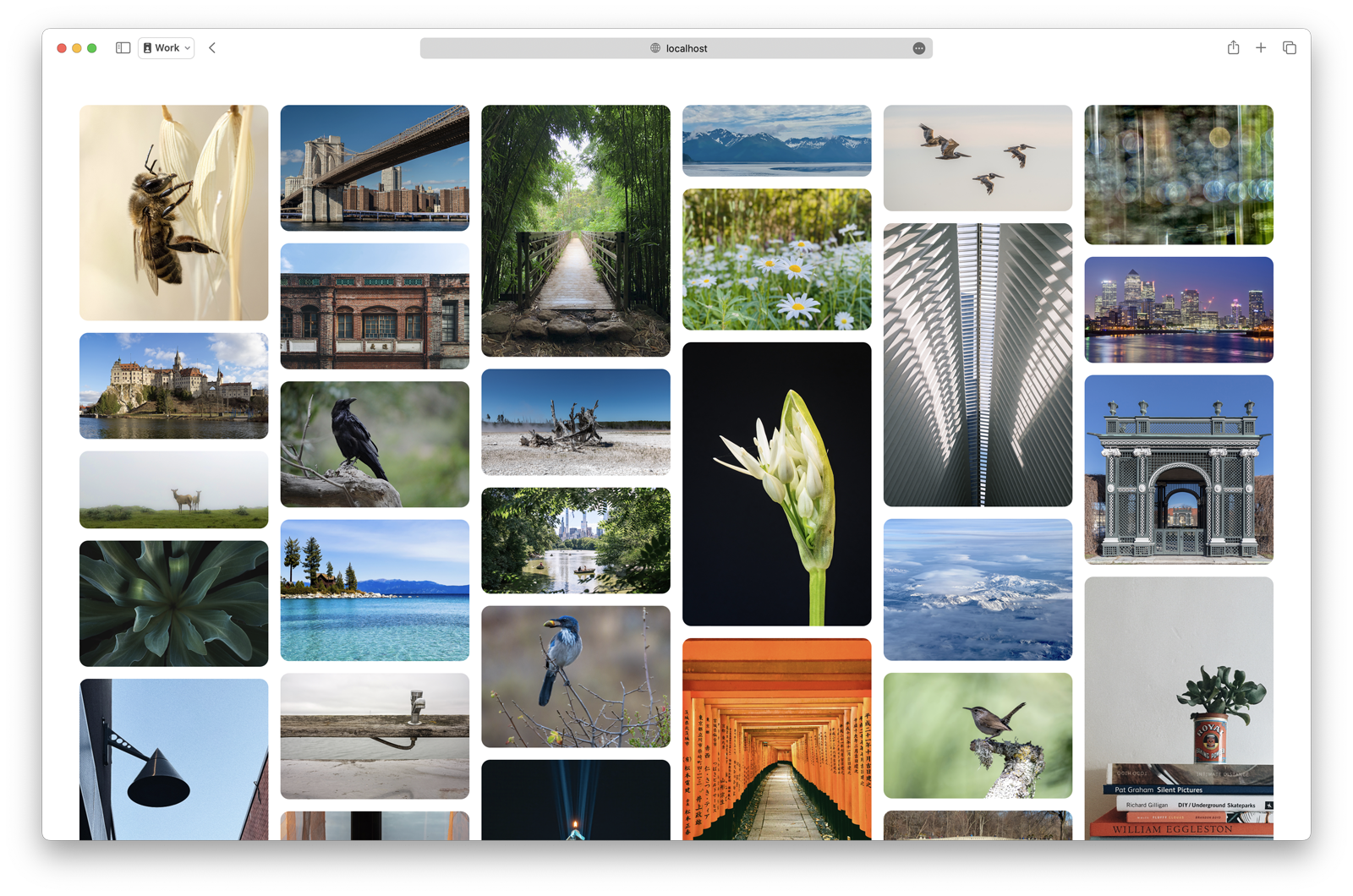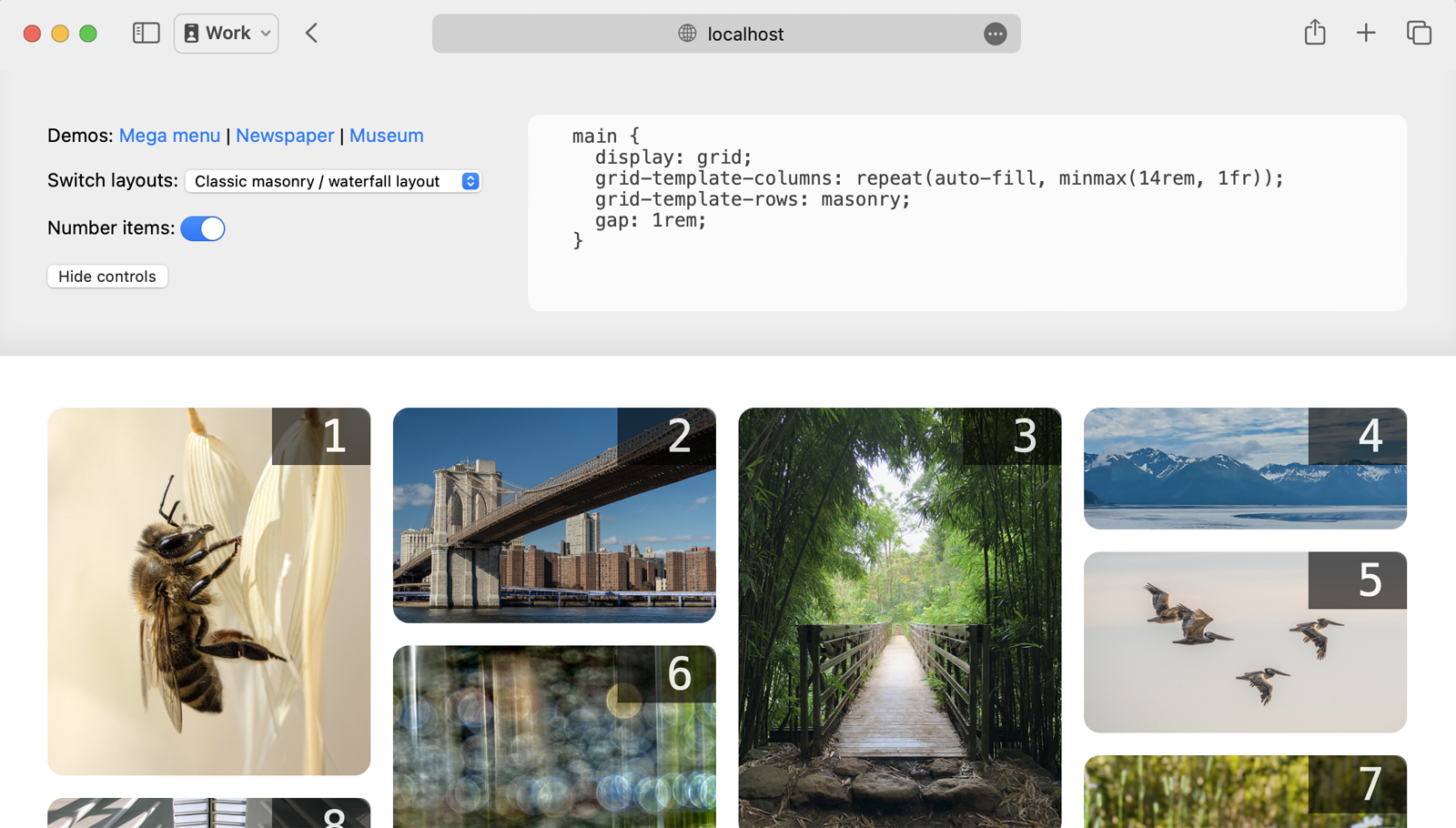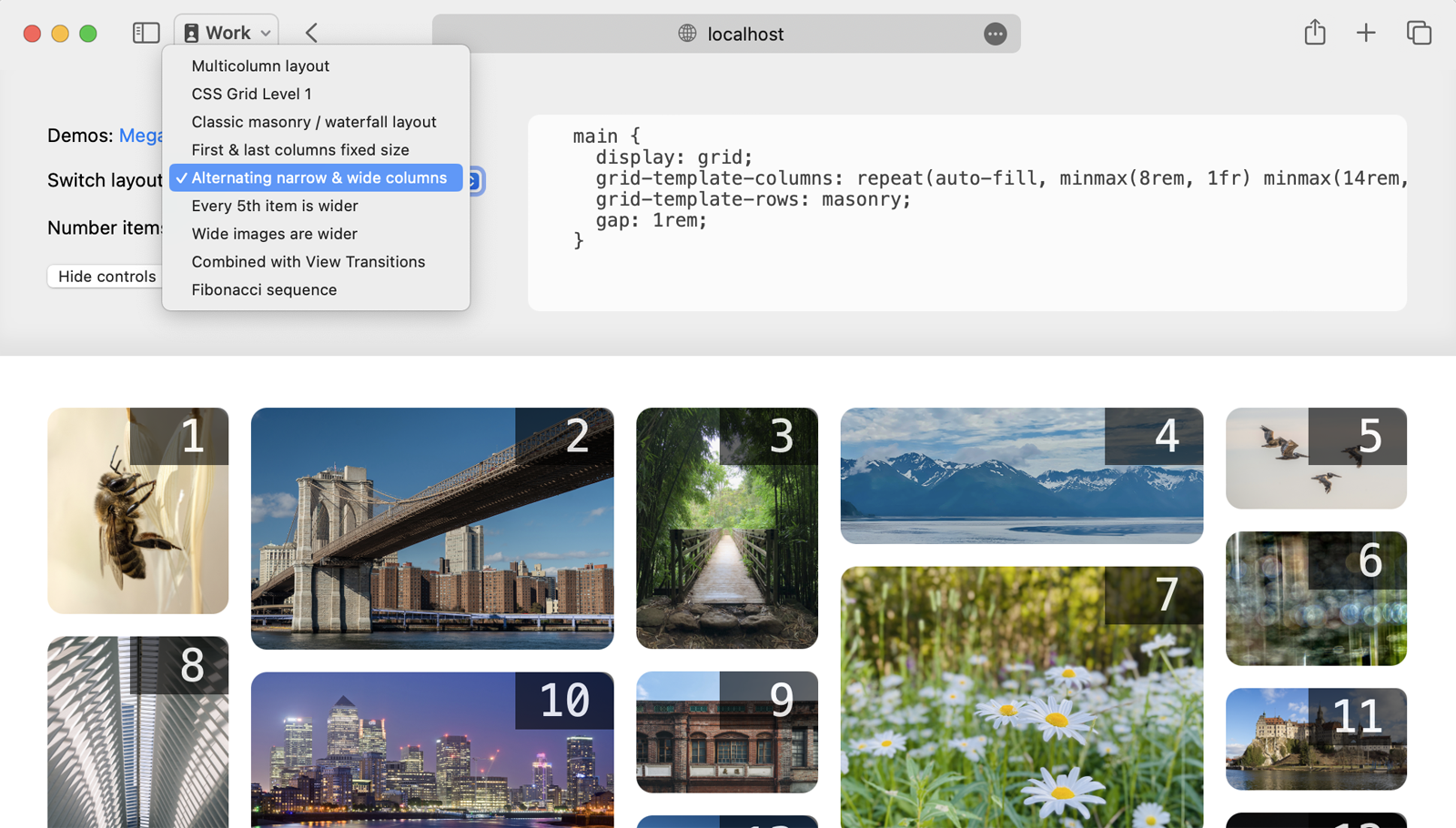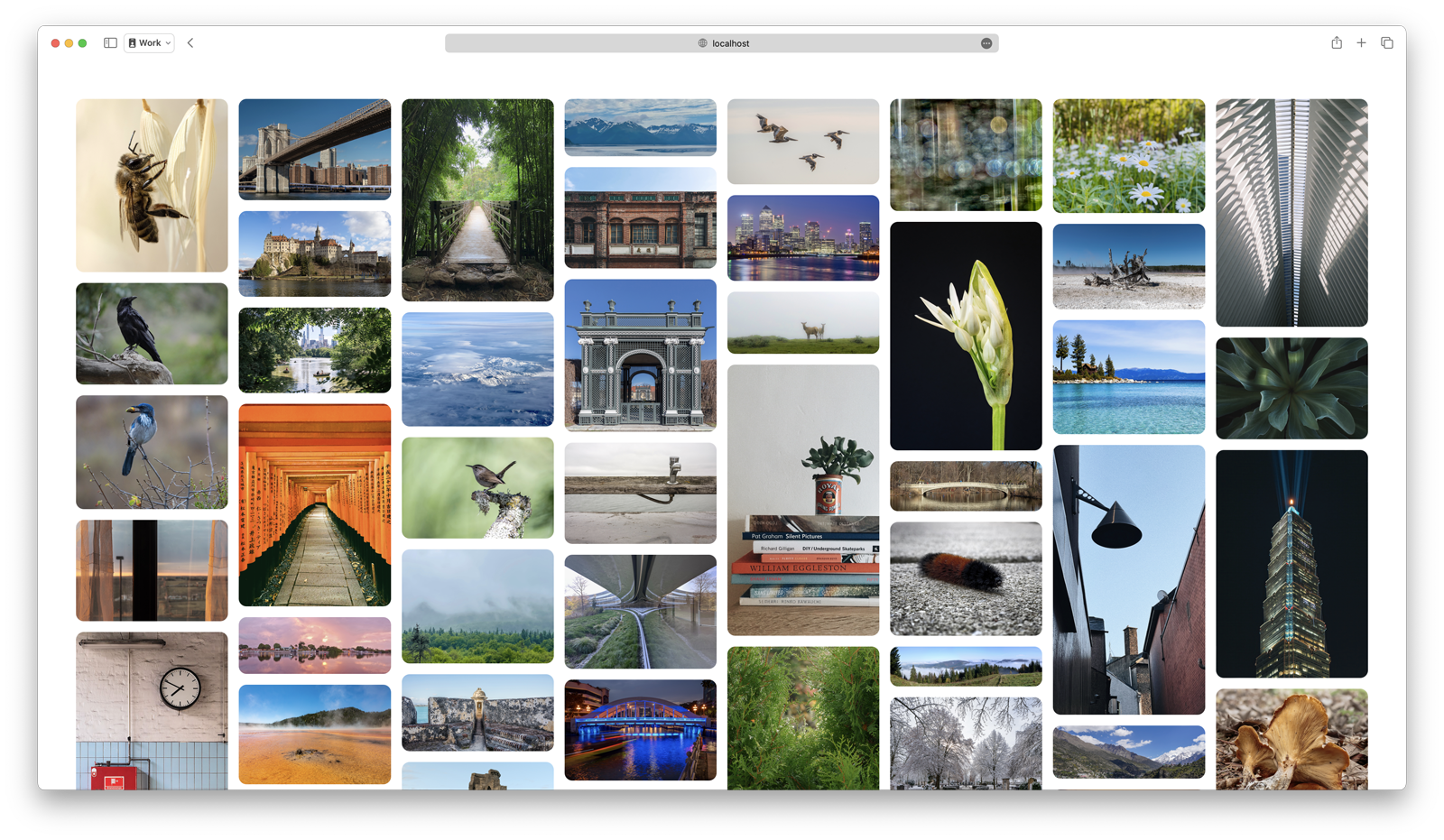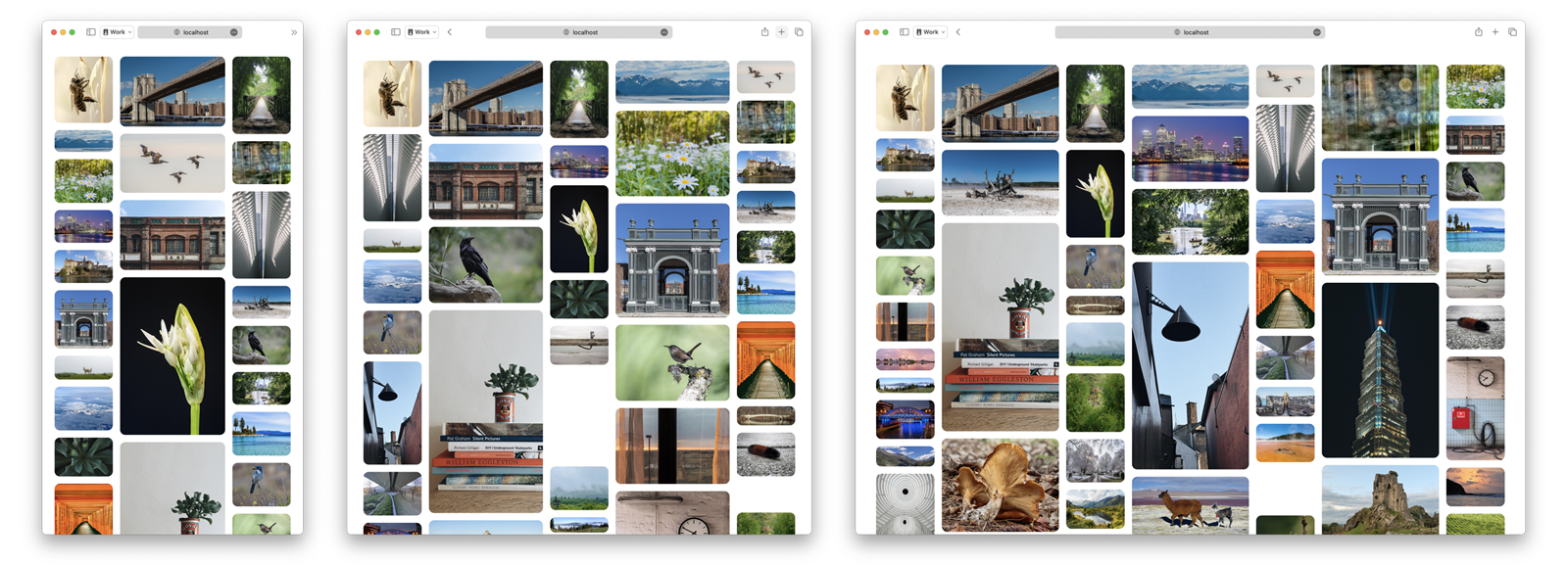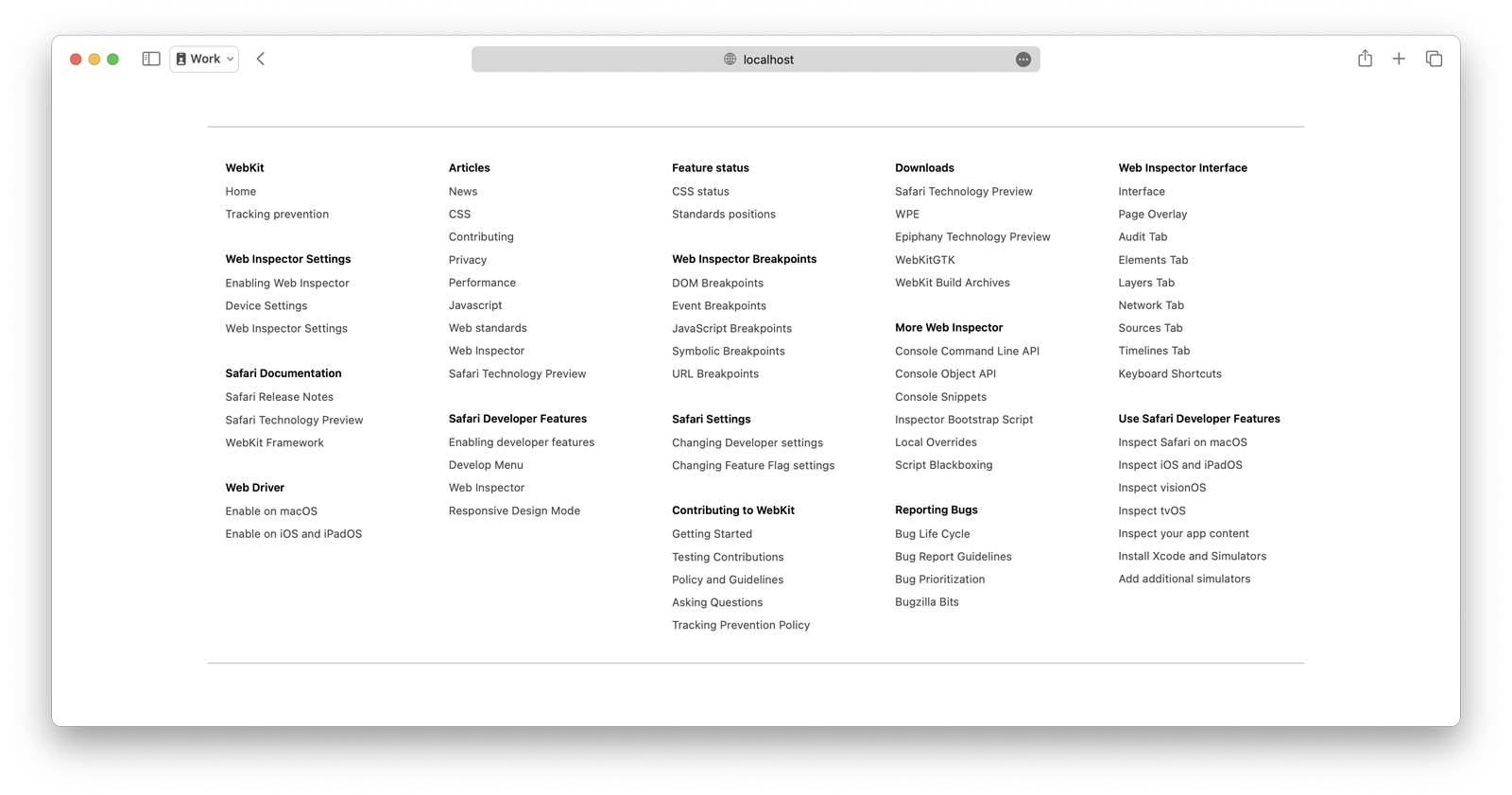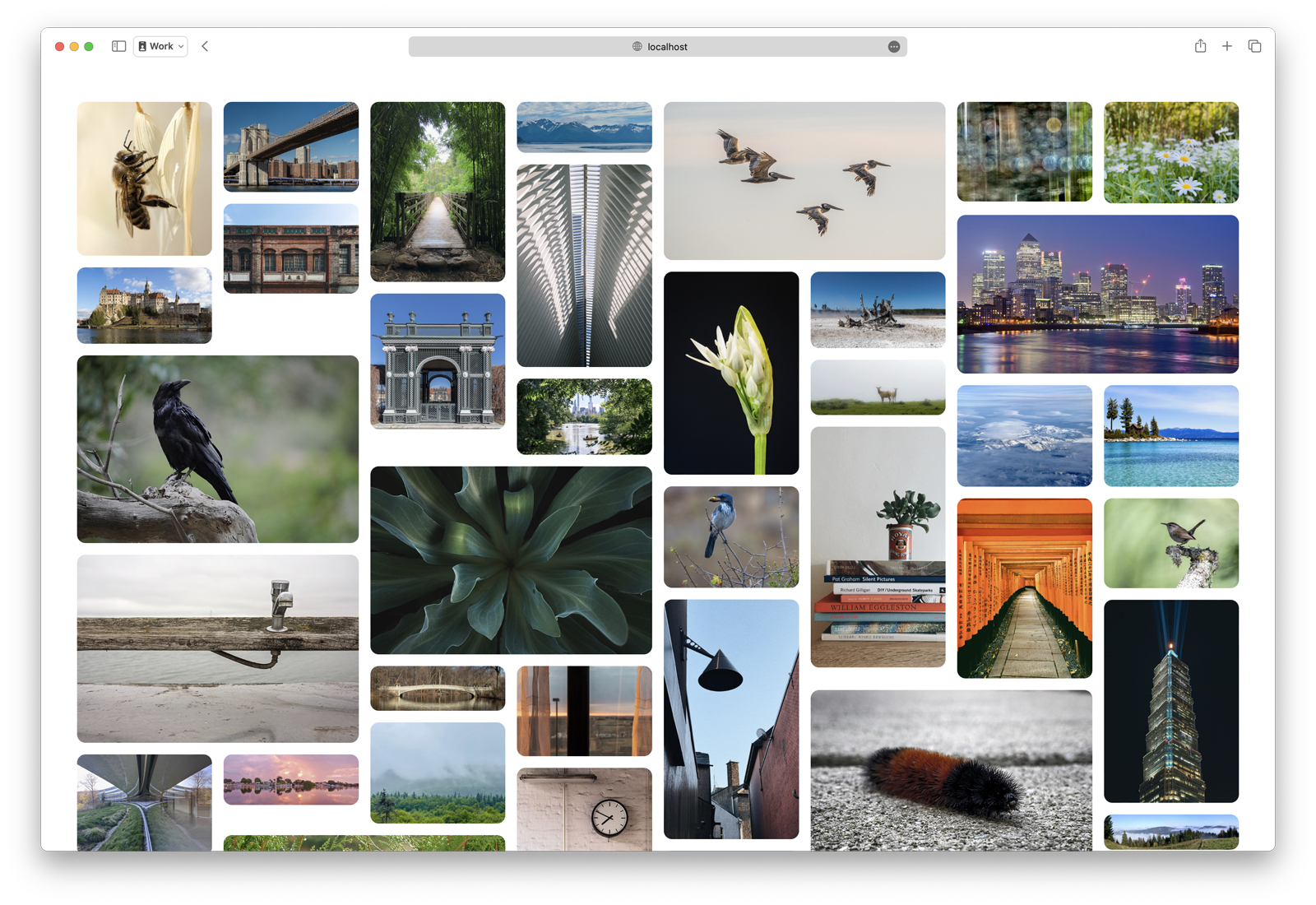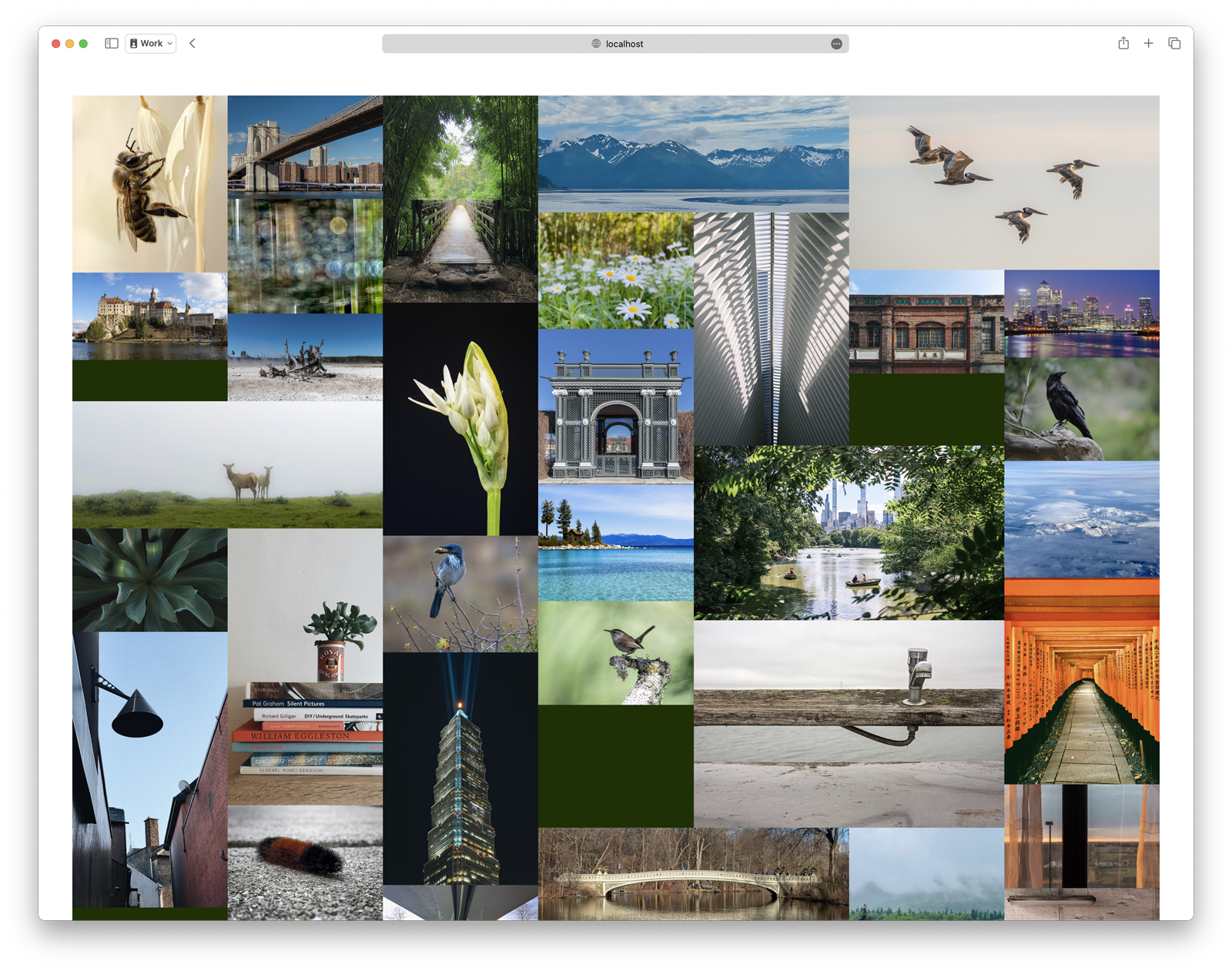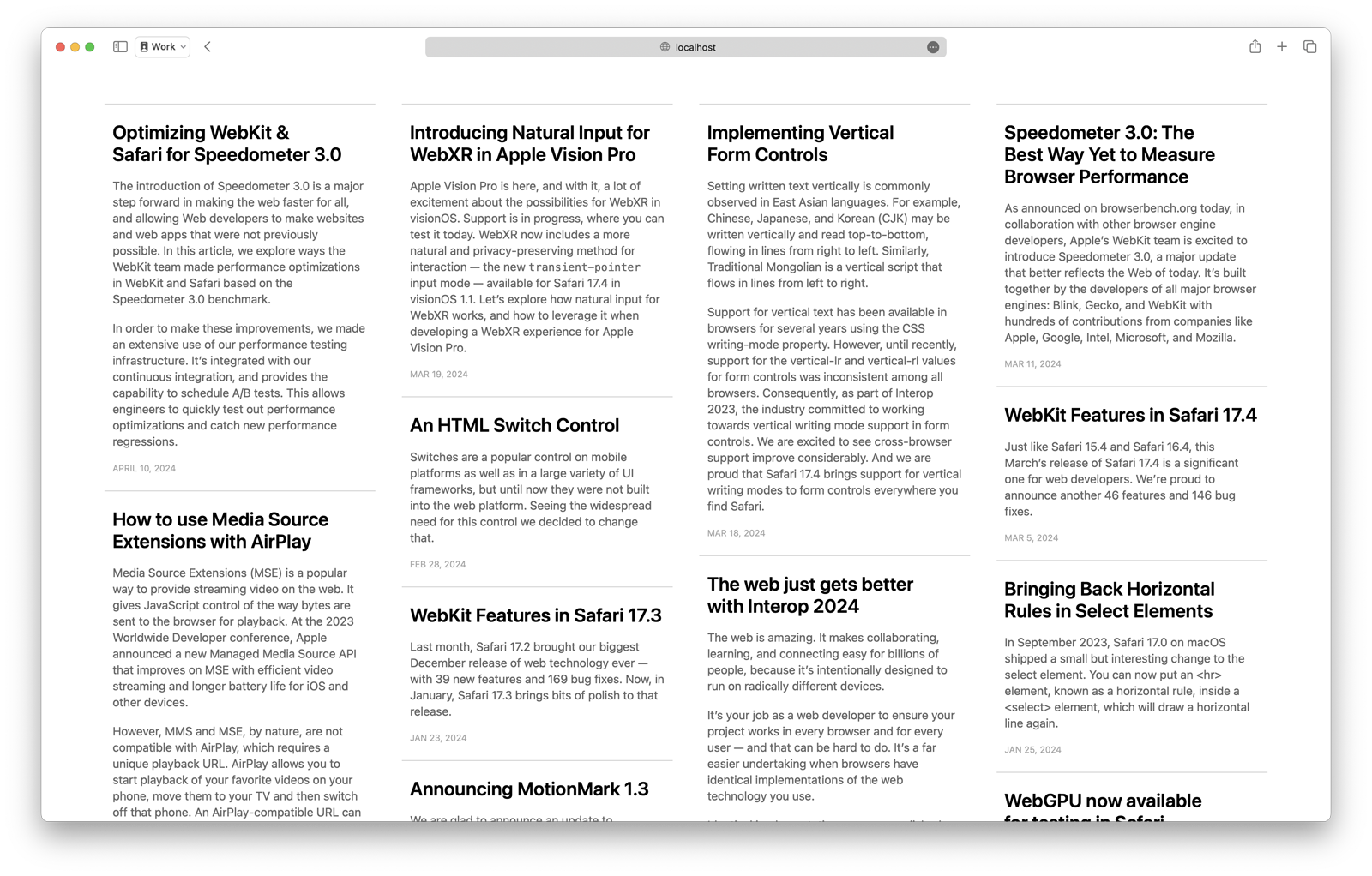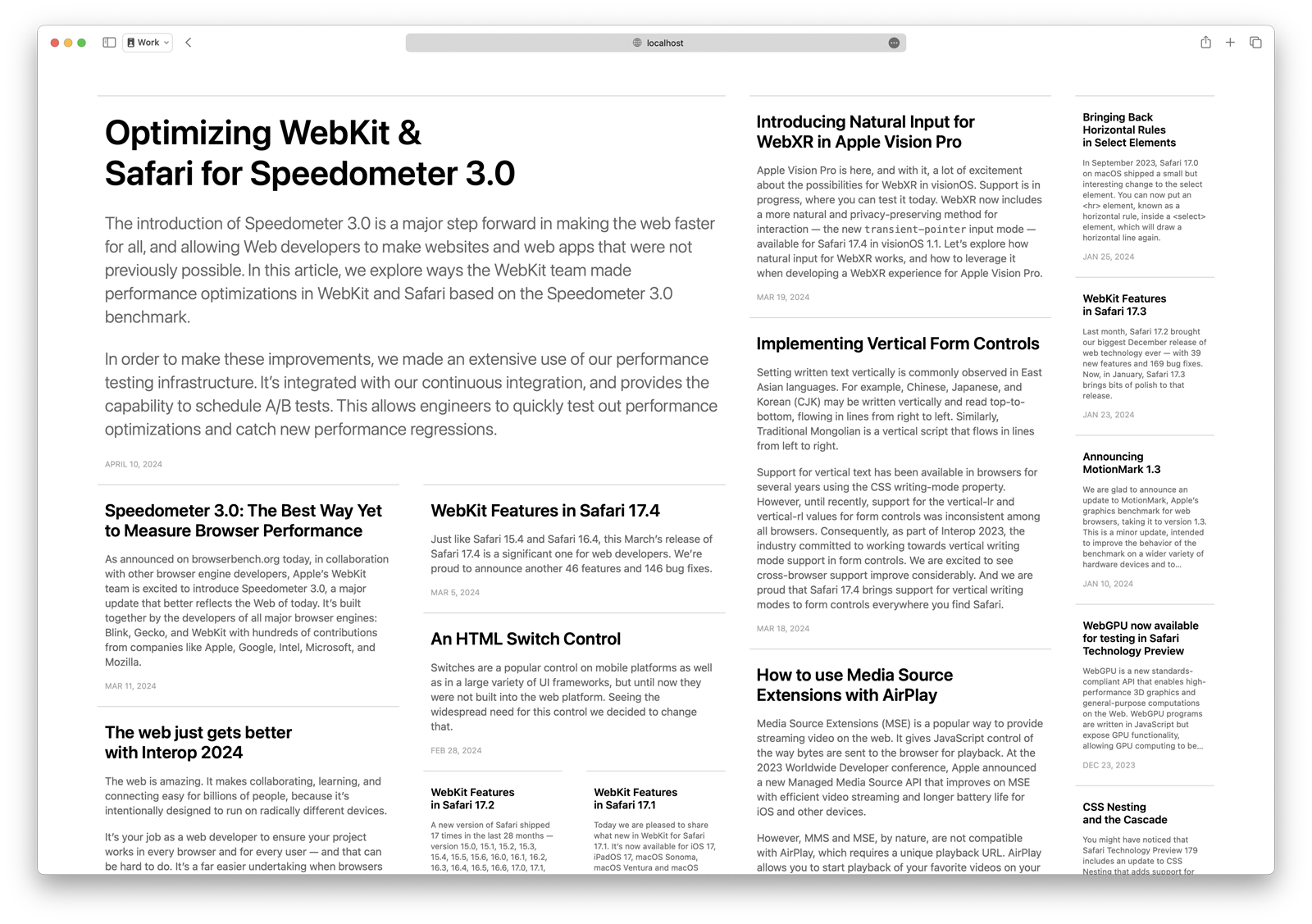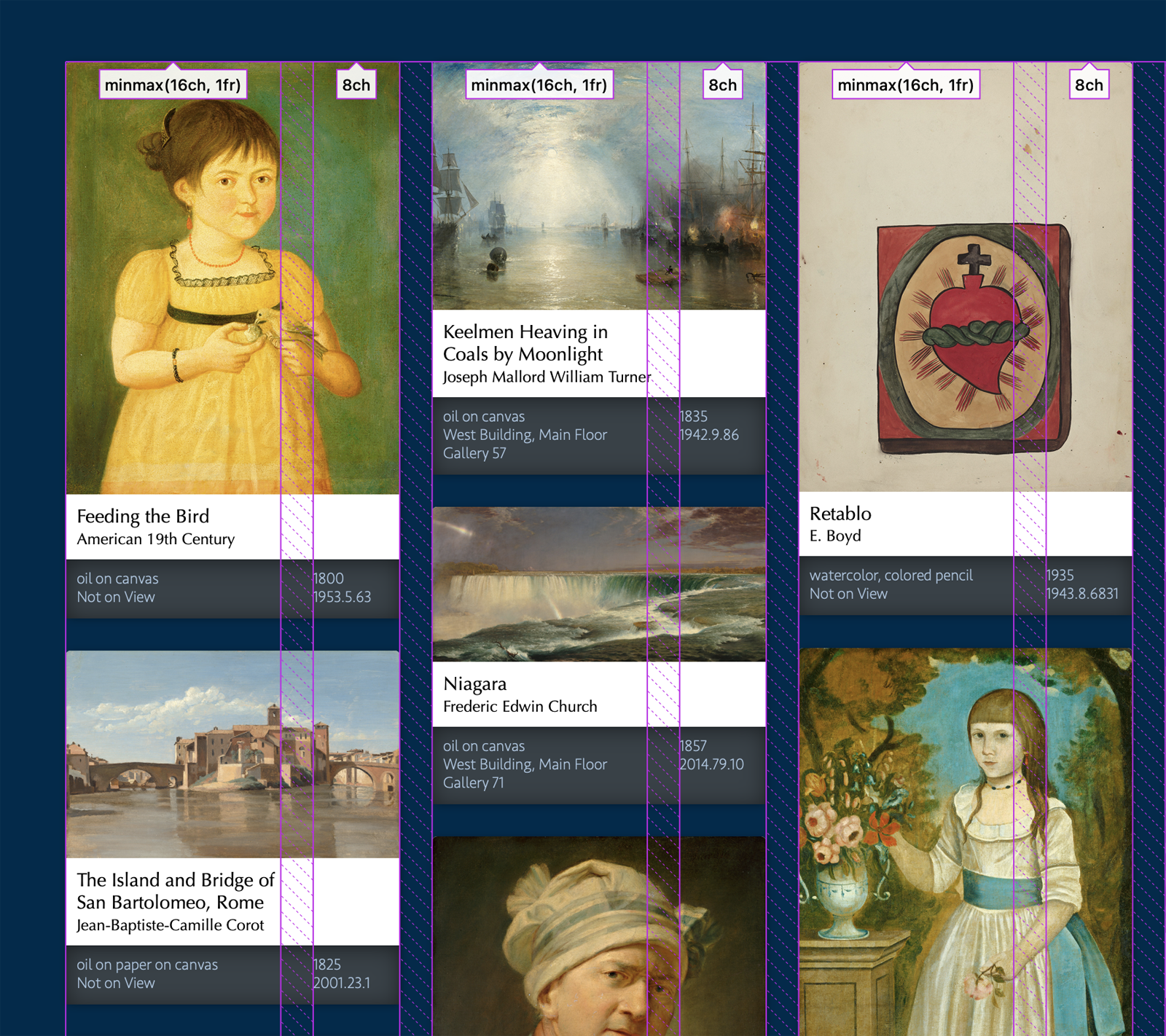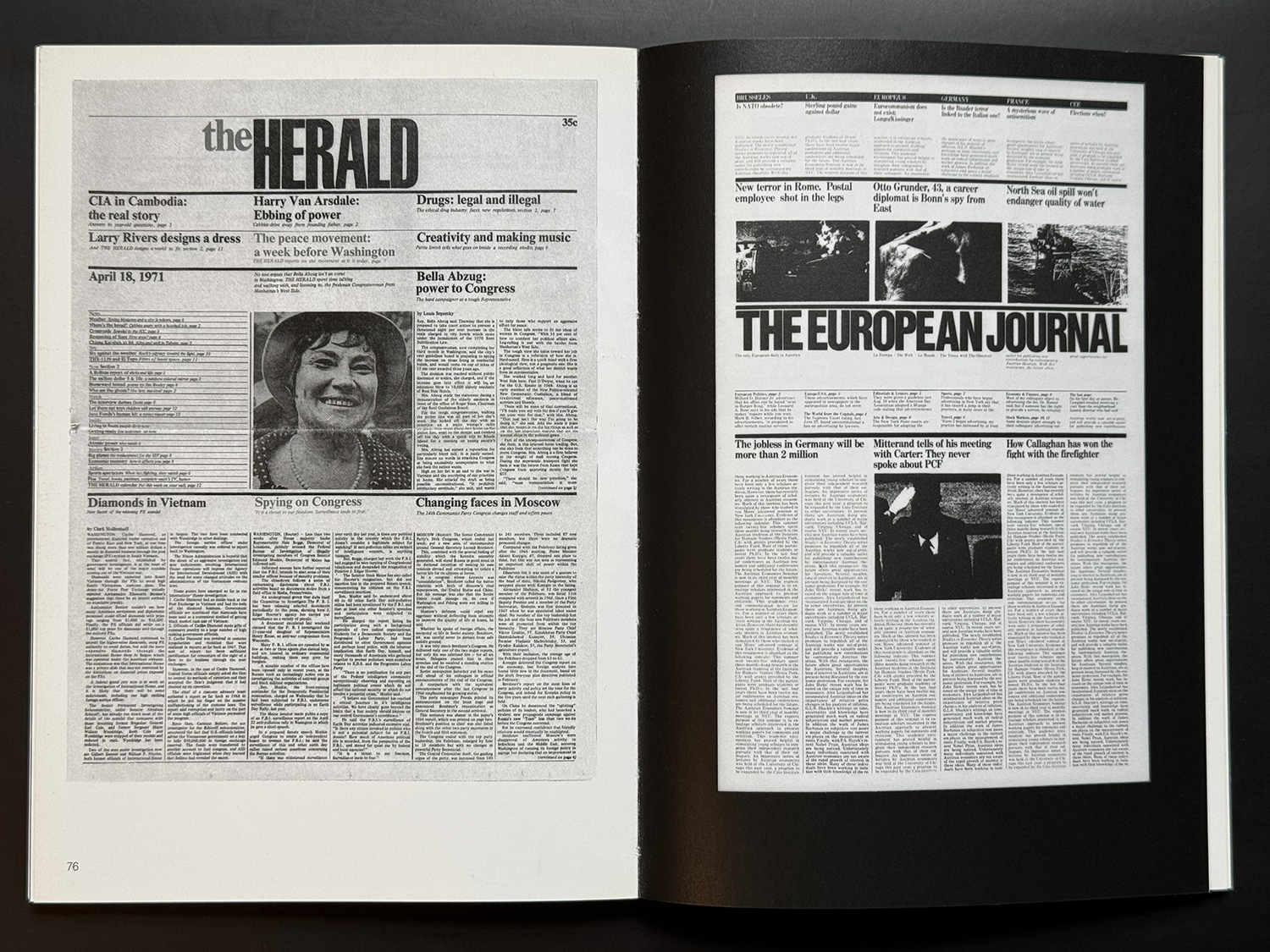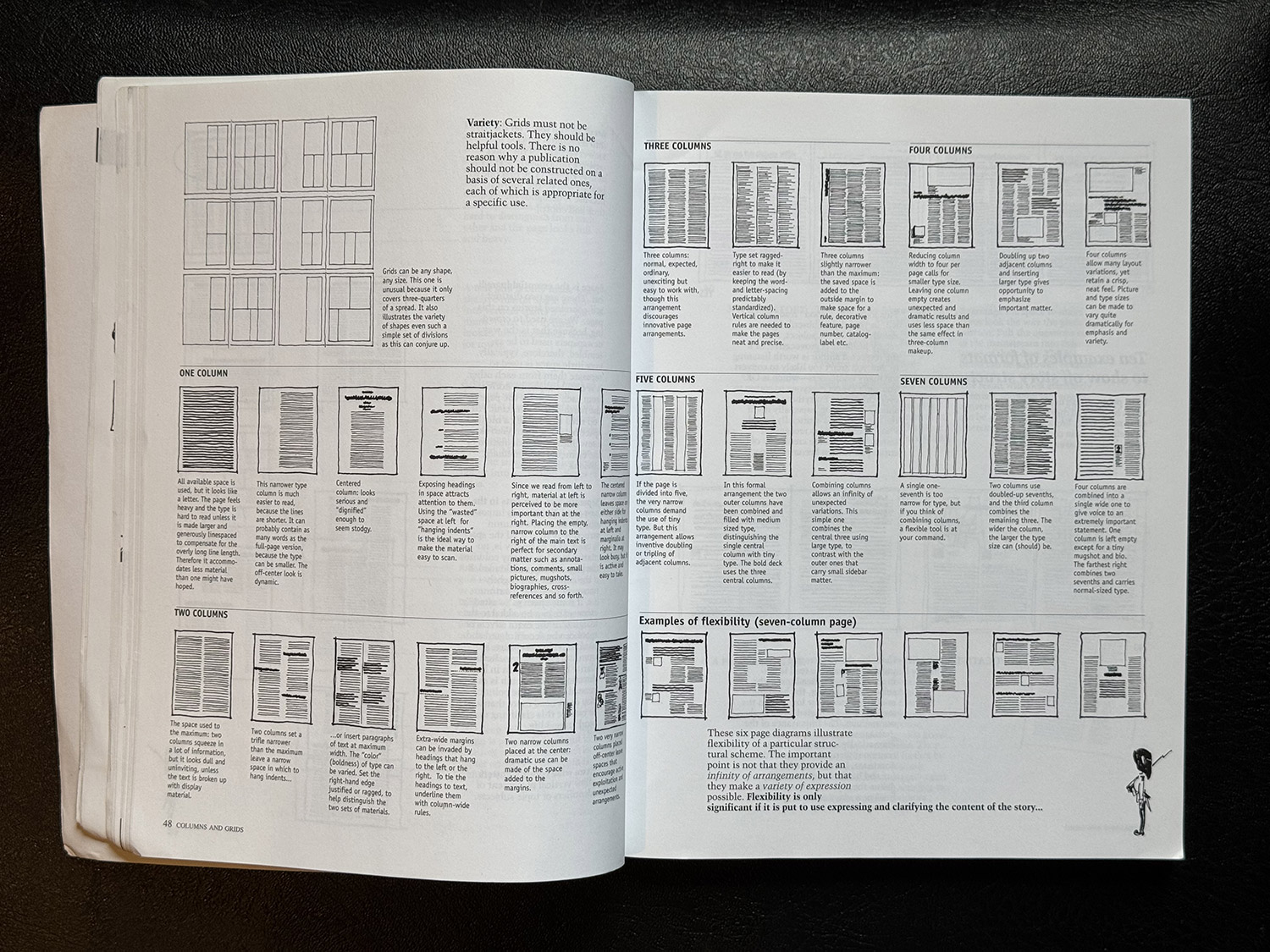If you’re a millennial, you may remember that specific moment in time around the late 2000s when streaming video technology had just gotten good but there weren’t that many legitimate streaming platforms available yet. So if you were a student without a TV and you wanted to watch a show, you would go to a website that aggregated lists of illegal streams.
It would be covered in banner ads and autoplaying video ads decorated with little play button arrows, and in order to watch your show, you would have to solve the puzzle of figuring out which play button to click that would actually get you to your show instead of spiriting you away to a website that sold upsetting porn or amateurish video games. It could be done, but you had to be paying attention, and you had to have the barest modicum of web savvy to do it right.
Right now, navigating the ebook and audiobook marketplaces is like being back on those sites. There are a thousand banner ads larded with keywords, and they’re all trying to get your clicks.
Take, for example, when tech journalist Kara Swisher’s Burn Book came out this February. A host of other books hit the Kindle store along with it. They all had bizarre, SEO-streamlined titles, like those new businesses that are named Plumbing Near Me to game the Google algorithm.
“I found ‘Kara Swisher: Silicon Valley’s Bulldog,’ and ‘Kara Swisher Book: How She Became Silicon Valley’s Most Influential Journalist,’ and ‘Kara Swisher Biography: Unraveling the Life and Legacy,’ by a ‘guy’ who ‘wrote’ four biographies this month,” said Ben Smith when he interviewed Swisher for Semaforum.
Swisher was less than flattered by the biographies. “I wrote [Amazon CEO] Andy Jassy and I said, ‘You’re stealing my IP! What is going on?’” she told Smith. (Disclosure: Swisher works for Vox Media.)
Here is almost certainly what was going on: “Kara Swisher book” started trending on the Kindle storefront as buzz built up for Swisher’s book. Keyword scrapers that exist for the sole purpose of finding such search terms delivered the phrase “Kara Swisher book” to the so-called biographer, who used a combination of AI and crimes-against-humanity-level cheap ghostwriters to generate a series of books they could plausibly title and sell using her name.
The biographer in question was just one in a vast, hidden ecosystem centered on the production and distribution of very cheap, low-quality ebooks about increasingly esoteric subjects. Many of them gleefully share misinformation or repackage basic facts from WikiHow behind a title that’s been search-engine-optimized to hell and back again. Some of them even steal the names of well-established existing authors and masquerade as new releases from those writers. According to the Authors Guild, it would be impossible for anyone but Amazon to quantify these books — and that’s not information Amazon is sharing.
All of this means that to buy the book you want — to buy Kara Swisher’s Burn Book instead of Kara Swisher Book: How She Became Silicon Valley’s Most Influential Journalist — you have to know what you’re looking for and pay a modicum of attention to your purchase.
Who wants to do that? Especially in a marketplace like Amazon, where we are trained to buy quickly and thoughtlessly with a single click and where writers have been trained to send their wares without even thinking about it because where else are you going to sell an ebook.
It’s so difficult for most authors to make a living from their writing that we sometimes lose track of how much money there is to be made from books, if only we could save costs on the laborious, time-consuming process of writing them.
The internet, though, has always been a safe harbor for those with plans to innovate that pesky writing part out of the actual book publishing. On the internet, it’s possible to copy text from one platform and paste it into another seamlessly, to share text files, to build vast databases of stolen books. If you wanted to design a place specifically to pirate and sleazily monetize books, it would be hard to do better than the internet as it has long existed.
Now, generative AI has made it possible to create cover images, outlines, and even text at the click of a button.
If, as they used to say, everyone has a book in them, AI has created a world where tech utopianists dream openly about excising the human part of writing a book — any amount of artistry or craft or even just sheer effort — and replacing it with machine-generated streams of text; as though putting in the labor of writing is a sucker’s game; as though caring whether or not what you’re reading is nonsense is only for elitists. The future is now, and it is filled with trash books that no one bothered to really write and that certainly no one wants to read.
The saddest part about it, though, is that the garbage books don’t actually make that much money either. It’s even possible to lose money generating your low-quality ebook to sell on Kindle for $0.99. The way people make money these days is by teaching students the process of making a garbage ebook. It’s grift and garbage all the way down — and the people who ultimately lose out are the readers and writers who love books.
None of this is happening through any willful malice, per se, on the part of the platforms that now run publishing and book-selling. It’s happening more because the platforms are set up to incentivize everything to cost as little as possible, even if it’s garbage.
In a statement, Amazon spokesperson Ashley Vanicek said, “We aim to provide the best possible shopping, reading, and publishing experience, and we are constantly evaluating developments that impact that experience, which includes the rapid evolution and expansion of generative AI tools.”
Yet the garbage books predate the problem of AI. Here’s how they get made in the first place.
The scammy underbelly of online self-publishing
These days, the trash ebook publishing landscape is fully saturated with grifters. There are blogs that talk about the industry, but they tend to be clickbait sites riddled with SEO keywords and affiliate links back and forth between each other. Virtually every single part of the self-publishing grift world that can be automated or monetized has been automated and monetized.
If you look a few years back, however, you find a very different landscape. In the internet of the early 2010s, lots of people were excited about making money with trash ebooks and trash audiobooks, but they weren’t yet all trying to scam one another on top of their eventual readers. They wrote real blogs about the process of the grift with their real human voices. They distinguished between schemes that were “white hat” (following the rules) and “black hat” (violating some terms of service). They compared strategies and teachers of strategies.
According to the blogs of the era, one of the most infamous teachers was a man who went by Luca de Stefani, or Big Luca. Legend had it he held the world record for making the most money using Kindle Publishing in a single day. What set Big Luca’s Self Publishing Revolution course apart from the rest — Big Luca’s “black hat breadwinner video lesson,” per one review — was that he gave his students access to a secret Facebook group where self-publishers organized review swaps and buys.
For the self-publishing grift, good reviews are crucial. The more five-star reviews a book has, the more likely Amazon’s algorithm is to push it toward readers. If you’re mostly publishing trash books, you’re not going to get tons of five-star reviews organically. Big Luca’s Facebook group gave grifters a place to offer to swap five-star reviews or sell five-star reviews for $0.99 a pop. As far as Amazon’s algorithm was concerned, there was no difference between that kind of review and the one a real reader might leave. The results were extremely lucrative.
Luca didn’t invent this formula. He learned it from the OG self-publishing grift course K Money Mastery, now apparently defunct, where he excelled.
Eventually, Big Luca had wrung all the money he could from the self-publishing hustle. He climbed up to the next level of the pyramid and became a teacher, and in 2016, the lore goes, a man named Christian Mikkelsen enrolled in Big Luca’s Self Publishing Revolution.
The Mikkelsen twins are named Christian and Rasmus, and they are 28 years old. They have dark blond hair and blue eyes and meticulously groomed facial hair, and they always seem to be posting to Instagram from luxurious private pools that are also somehow exotic beaches. They have managed, in what must be fairly acknowledged as a feat of branding wizardry, to hold on to the domain <a href="http://Publishing.com" rel="nofollow">Publishing.com</a>, and there they peddle their wares: a course they say can help students make a lifetime of easy cash off the revenue from books they don’t even have to bother to write themselves. If they happen to land a student who wants to write a book in good faith and just doesn’t understand how to sell their book on their own, well, they’re happy to take money from that student, too.
According to a profile in Inc., Christian found his way into the self-publishing world by googling “how to make money online.” His first book was a brief ebook titled How to Be a 4.0 Student in College, Like Me. Big Luca’s method apparently served him well enough that he thought it would be worthwhile to bring his twin Rasmus into the fold.
Together, the Mikkelsens published trash book after trash book, guides to keto and sex and crystals. Then they started running their manuscripts through Google Translate to start selling foreign language editions, an innovation on the old grift that bumped their income into six figures and, after a few months, got Amazon to block their publishing account. The time had come, as Inc. would put it, to “do what entrepreneurs do”: pivot. They started a YouTube channel so they could teach the business of self-publishing to anyone else who wanted to learn. Six months and 1,000 subscribers later, they launched their first paywalled online course.
First it was called Audiobook Impact Academy. Then it was Publishing Life. Now, with AI an ever-more-fashionable buzzword, it’s AI Publishing Academy. It’s always more or less the same method, with a few new tweaks in every new iteration. But the method doesn’t change as much as you might think.
How the garbage books get made: A case study
If you want to take the Mikkelsen course, the first thing you do is sit through their sales pitch. It runs for two hours, and it’s just a video of Christian sitting in a dark room, drinking thirstily from a water bottle as he shows you screencaps of his students’ royalty checks and repeats that he is already rich; he doesn’t have to show you how to make this kind of money. He’s doing it for fun.
Christian’s offer is, he says, unbeatable. He will show you how to produce a book without having to write it. “What used to be the hardest part in the process — which was creating that book that you upload onto Amazon — is now the easiest part, and the most fun,” Christian explains. “Because AI can help do that for you.”
Specifically, AI will write your outline for you. The twins feel that the quality isn’t there on purely AI-generated books yet; they demand better for their readers than AI prose. Still, they say using AI to outline saves their students weeks of researching their own manuscripts.
That AI is part of but not central to the process is a helpful talking point for the Mikkelsens as Amazon strengthens its regulations against purely AI-generated text for sale.
“Last year we began requiring all publishers using our Kindle Direct Publishing service to provide information about whether their content is AI-generated and further reduced the total number of titles that can be published in a day,” said Amazon spokesperson Vanicek. Vanicek added that they have “a robust set of methods” to detect content that violates their guidelines, and they regularly remove those books and sometimes suspend the publishing accounts of repeat offenders.
“The thought of human creativity being overshadowed by robots isn’t exactly the prettiest picture,” Christian wrote in a (suspiciously ChatGPT-sounding) blog post in March. “But we’re here to set the record straight. There are two camps of AI use out there: AI-generated and AI-assisted. They are completely different.”
In April, however, the Mikkelsens announced that they were preparing to launch a new proprietary AI program, Publishing.ai, that they promise will write a manuscript for you, “Soooo much faster than a ghostwriter!”
Under the Mikkelsen model, you also don’t have to pick your own topic. They give you access to keyword scrapers that have pulled trending topics off Kindle and Audible. And once AI is finished with your outline, you can send it over to a ghostwriter to turn into a book for a mere $500. For a 30,000-word book, that works out to a fee of $0.016667 per word. (The Mikkelsens work with a ghostwriting company developed by two former students. There, ghostwriters get hired on a freelance basis and are kept anonymous.)
Once you have your manuscript, Christian promises, the twins will show you how to hire audiobook narrators for a flat $20 fee by haggling their prices down. They’ll introduce you to a network of people who are generous with their five-star ratings and will push your book up the algorithmic Amazon rankings for you. All you have to do is sit back and collect your royalty checks as you rake in month after month of passive income.
As Christian talks, he seems to cast a kind of hypnotic spell. You start to wonder: “Am I stupid for not having invested in ebook publishing before now?” You see five-figure check after five-figure check. A ticking clock turns on. Christian wants to give you a special rate for the course. The course is worth $15,500. The regular price is $6,000. But he’s willing to give it to you for just $1,995 as long as you’re one of the first people to sign up after the webinar ends!
None of what the Mikkelsens are describing here is illegal, but if you know the norms of publishing, you know it’s unethical. As documentarian Dan Olson lays out in a lengthy 2022 deep dive into the Mikkelsens, their method of publishing means developing a book you’re probably not qualified to write. It used to mean paying a ghostwriter starvation-level wages to churn out a manuscript; now it means creating a book likely riddled with misinformation and minimal means of correcting it. It means deceiving readers with fake reviews. (That one can get you kicked off Amazon if you get caught.)
If you aren’t versed in publishing’s industry standards, however, the Mikkelsen model can seem incredibly attractive.
“I was like, ‘Yup, this would be great.’ I was totally vibing with it,” recalls Jennifer (whose name has been changed to protect her privacy), a 37-year-old in Virginia, who signed up for the twins’ course in September. She had recently written and self-published her own book on Amazon, but she wasn’t sure what to do to start promoting it.
The twins’ sales pitch struck her as the perfect solution: She could provide her ideas, people who were good with words could rewrite her draft and polish the whole thing up into a sales-ready package, and everyone would get paid. “I was like, ‘Okay, I’m ready to invest and make this a better thing.”
“It was a very efficient, friendly, interactive webinar,” recalls Cecilia (also not her real name), a Seattle-based 50-year-old who works in the health space. She signed up for the twins’ seminar in September, and she remembers being pleasantly won over by that two-hour sales pitch. It seemed to be so transparent. “It promoted trustworthiness,” she says.
Once Jennifer and Cecilia had turned over their money for the course, both of them changed their minds fast.
“I started listening to the modules,” Jennifer says. “And I don’t know how else to describe them” — there is a long, expressive pause — “but as a jet stream of bullshit.”
“All it does is tell you to buy different products,” Jennifer recalls of the Mikkelsen course. “It’s like there’s nothing that they actually provide themselves, other than ‘Go buy other people’s products’ — and I’m sure they own those too, right?” (We can’t confirm that the Mikkelsens do own the products they recommend, but the ghostwriting company they work with is run by former Mikkelsen students.)
The course cost $2,000, but that wasn’t enough. To get a Mikkelsen-approved topic for your book, you had to pay for access to the software that analyzed Amazon keywords to tell you what was trending. To create the perfect outline, you had to pay for access to the AI that outlined and drafted your book for you. You had to pay for the cover design and for the reviewers. The $2,000 fee was supposed to guarantee you frequent one-on-one calls with a publishing coach, but the coaching calls were mostly about upselling to the premium $7,800 course, Jennifer says.
After a few weeks of phone calls, Cecilia decided she had had enough of the program and asked for her money back. She didn’t expect it would be a problem, since the course was advertised as fully refundable. Customer service reps then told her that, to qualify for a refund, she had to prove she’d sat through the whole course, published a book, and failed to make her money back. She says she had to threaten to call the attorney general before they sent her money back without such proof.
Jennifer wrote off her $2,000 as the cost of learning a bad lesson, but she wanted to warn other people against making the same mistake. She posted a negative review of <a href="http://Publishing.com" rel="nofollow">Publishing.com</a> on the user review site TrustPilot, where it has a 4.7 rating. So did Cecilia. Both of them found their reviews queried by TrustPilot, which required them to submit proof of going through the course in order to keep their reviews up. Most of the course’s five-star reviews, however, remain unverified. I reached out to some of the five-star TrustPilot reviewers to get their take on the Mikkelsens’ course, but I never heard back from any of them.
After the Mikkelsens’ course got big, the rumors on Reddit say Big Luca was furious that they’d ripped off his business model. He used to brag that he was going to drag them into court. Instead, he got out of the self-publishing game.
Now he runs a program called Big Luca International or, more informally, School for the Rich, self-described as “the world’s leading company in online marketing training.” It’s supposed to teach you how to monetize any online business — the self-publishing black hat breadwinning tricks, extrapolated out to all the other industries of the internet. With the advent of AI, it’s easier than ever to flood the whole digital ecosystem with trash in pursuit of passive income.
The neverending grift
“It sucks that I did this,” Jennifer says of her experience at AI Publishing Academy. “But I mean, it’s put some fire under my butt to do it [marketing] myself for my own books.”
Jennifer didn’t set out to make a quick buck with a garbage ebook. She did the work of writing a book because she believed in it. The Mikkelsens got her because she couldn’t figure out how to sell her book on her own, and part of the reason she couldn’t sell it is because the marketplace is already so flooded with books. Many of which are garbage books.
The Mikkelsens are not the chief villains of this story. They are small-time operators working one level of a very big grift industry. The grift is that technology and retail platforms have incentivized a race to the bottom when it comes to selling books. Together, without ever caring enough about the issue to deliberately try to do so, they have built a landscape in which it’s hard to trust what you read and hard to sell what you write.
The incentives of the modern book-selling economy for writers are to keep your costs low, low, low and your volume high, high, high, and definitely put your book on Amazon because where else are you going to sell an ebook? The incentive of the modern book-buying economy for readers is to go onto Amazon and lazily click around with a few search terms, and then buy the first book that looks right with the click of a single button. The incentives are, in other words, driving us all straight into a flood of garbage.
That’s what the grift does. It finds every spot in the process of making and selling a book that is inconvenient or laborious, and it exploits those spots. It exploits our cultural belief that books are meaningful, that writing a book is a valuable act, that reading a book will enrich your life. When it’s finished, you’re left with something that’s not a real book but a book-shaped digital file filled with nothing of any use to anyone at all.
